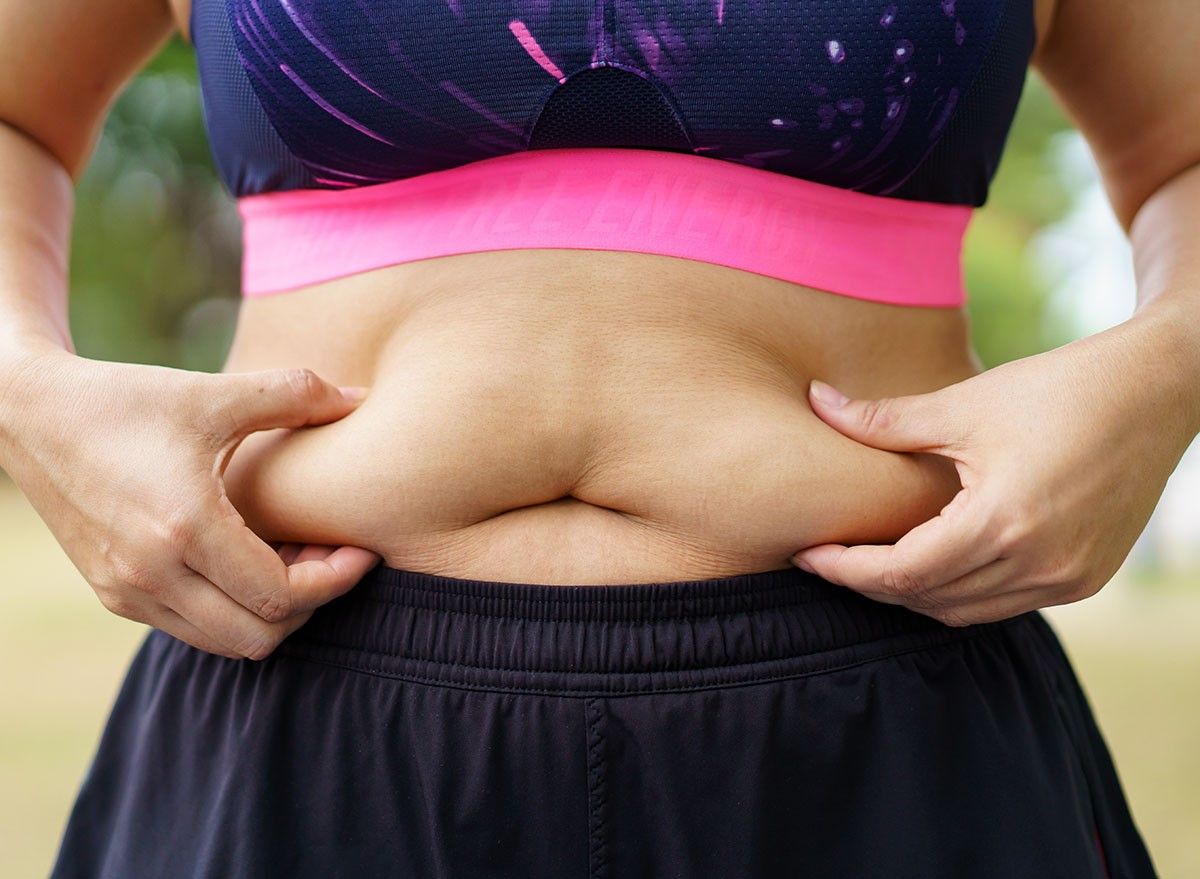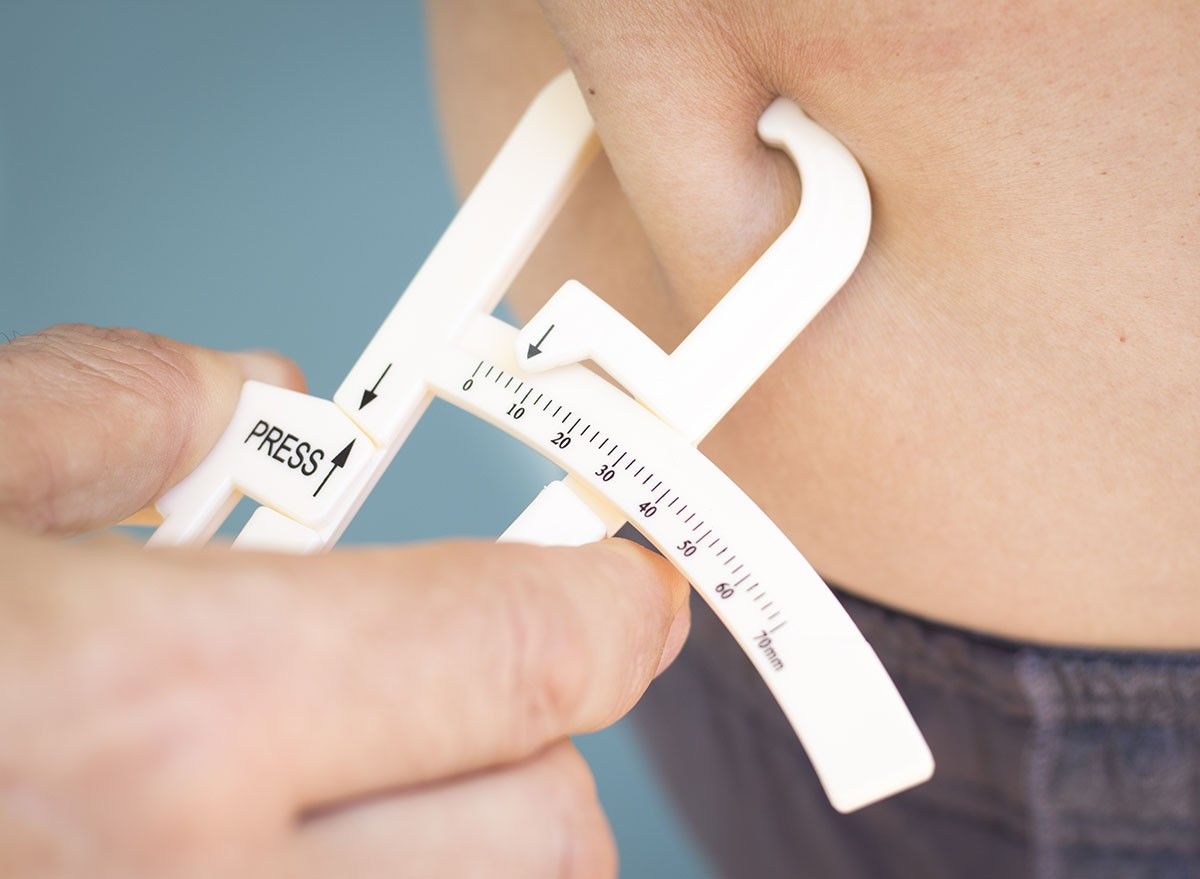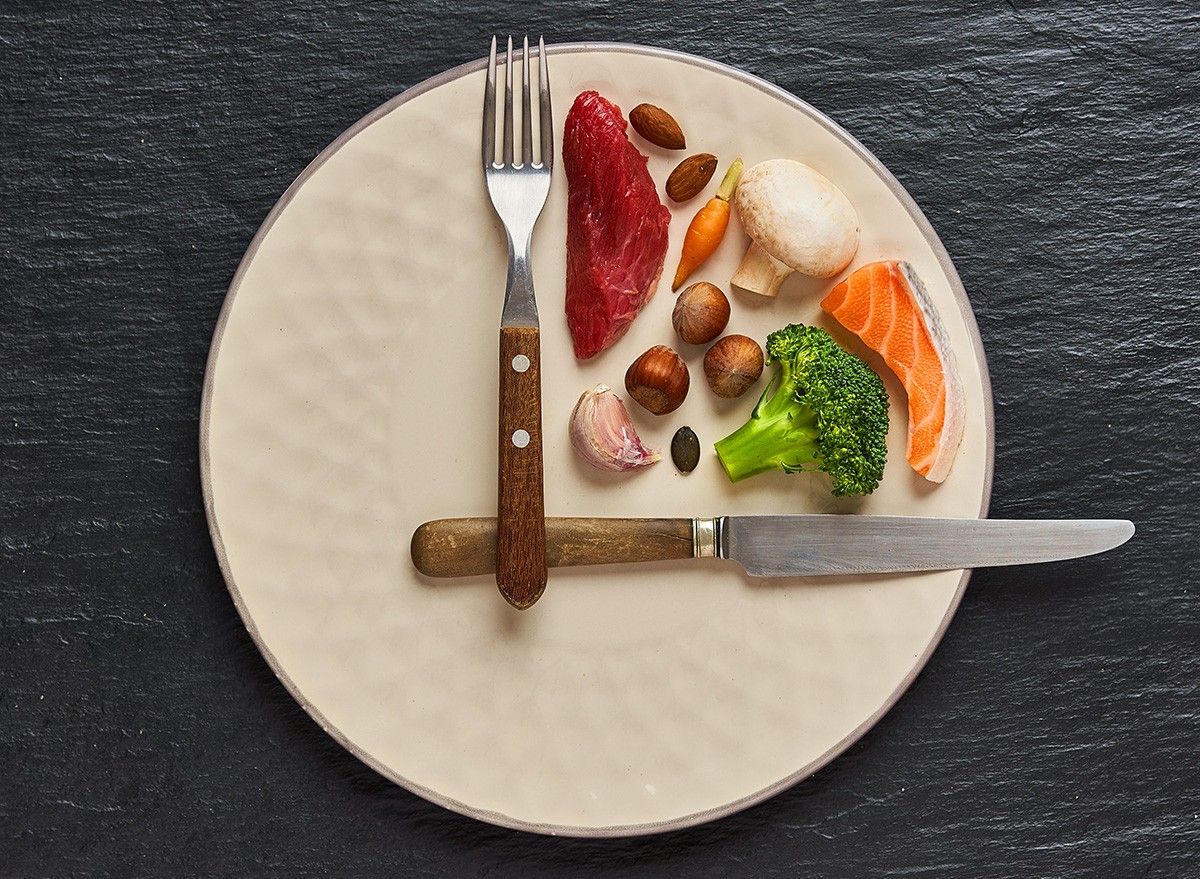7 Tricks to Flatten Your Tummy Without Surgery According to a Plastic Surgeon
Are you tired of feeling self-conscious about your midsection? You're not alone. Many of us struggle with stubborn belly fat, but the good news is that surgery isn't your only option. Anthony Youn, M.D. F.A.C.S, a board-certified plastic surgeon known as "America's Holistic Plastic Surgeon," offers insights on achieving a flatter tummy without going under the knife. Combined with expert scientific perspectives, these strategies aim to help you build a healthier, more confident you.
Understanding Belly Fat: The Hidden Danger

Before diving into solutions, it's crucial to understand what we're dealing with. Belly fat, also known as visceral fat, is more than just a cosmetic concern. According to WebMD, "The type of fat that collects in your belly is called visceral fat. It surrounds your organs and raises your risk for heart disease, type 2 diabetes, and some cancers." This underscores the importance of addressing belly fat not just for aesthetic reasons but for overall health.
Measuring Your Risk

How do you know if you have too much belly fat? WebMD provides a simple method: "To find out if you have excess fat in this area, put a tape measure around your midsection at bellybutton-level. More than 35 inches in women and 40 inches in men is too much." If you fall into this category, it's time to take action.
Embrace a Low-Carb, Nutrient-Rich Diet
In his viral post, Dr. Youn emphasizes the importance of diet in achieving a flat tummy. "The first thing you need to do is change your diet," he advises. A low-carb approach can be particularly effective. "I recommend a low-carb diet, not necessarily keto, but definitely lower in carbs," says Dr. Youn. He adds, "Cut out the processed foods, cut out the junk food, cut out the fast food."
While WebMD doesn't recommend a specific "belly fat diet," they do emphasize the importance of a balanced, nutrient-rich diet low in processed foods and high in fruits, vegetables, lean proteins, and whole grains. This aligns well with Dr. Youn's advice for a healthier eating pattern.
Incorporate Intermittent Fasting

Another strategy Dr. Youn recommends is intermittent fasting. "I'm a big proponent of intermittent fasting," he states. This approach involves limiting your eating to specific time windows, which can help reduce overall calorie intake and improve metabolic health. Dr. Youn suggests starting with a 12-hour fast and gradually increasing to 16 hours if comfortable. He explains, "Start with 12 hours between dinner and breakfast the next day, and then you can increase that to 16 hours."
RELATED: This Plan Is How to Lose 5 Percent Body Fat In 2 Weeks
Stay Hydrated and Detoxify

Proper hydration is crucial for a flat tummy. Dr. Youn advises, "Drink lots of water." Adequate water intake can help flush out toxins, reduce bloating, and support overall digestive health. He specifically recommends, "Add some lemon to [your water]. Lemon is a great detoxifier." Aim for at least eight glasses of water per day to support your flat tummy goals.
Focus on Core-Strengthening Exercises

While diet plays a significant role, exercise is also essential. Dr. Youn recommends incorporating core-strengthening exercises into your routine. "Focus on exercises that target your core," he suggests. This includes exercises like planks, crunches, and Russian twists.
WebMD supports this approach, stating, "Even if belly fat runs in your family, you can overcome your genes with the right diet and enough exercise." Regular core workouts can help tone your abdominal muscles, improve posture, and contribute to a flatter-looking tummy.
RELATED: 31 Fitness Tips Every Beginner Needs to Look Sexy, According to Coaches.
Manage Stress Levels

Stress can significantly impact your waistline. Dr. Youn notes, "Stress causes the release of cortisol, which can increase abdominal fat." To combat this, he recommends stress-reduction techniques such as meditation, yoga, or deep breathing exercises. Taking time to relax and unwind can not only improve your mental health but also contribute to a flatter tummy.
Prioritize Quality Sleep

Quality sleep is often overlooked in the quest for a flat tummy. Dr. Youn emphasizes the importance of adequate rest, stating, "Make sure you're getting enough sleep."
WebMD echoes this advice, explaining, "Too little shut-eye could be part of the reason you've gained weight. Your body makes hormones that make you feel full. Lack of slumber can make them less effective." Aim for 7-9 hours of quality sleep each night to support your flat tummy goals and overall health.
Consider Supplements Wisely

While not a magic solution, certain supplements may support your efforts. Dr. Youn suggests, "You might want to consider taking a probiotic." Probiotics can help improve gut health, potentially reducing bloating and supporting overall digestive function. He also mentions, "There are some supplements out there that can help reduce bloating." However, he cautions, "I'm not a huge fan of fat burners… a lot of those contain stimulants." Always consult with a healthcare professional before starting any new supplement regimen.
RELATED: I'm a Nutritionist and Here are 5 Reasons Why I Prescribe 30-Minute Walks for Weight Loss
Be Patient and Consistent

Losing belly fat is a process that requires time and consistency. As Dr. Youn emphasizes, "It's not going to happen overnight, but if you do these things, I guarantee you're going to see results."
WebMD doesn't provide a specific timeframe for losing belly fat, as it can differ significantly from person to person. Factors such as starting weight, diet, exercise routine, and genetics all play a role. The key is to focus on sustainable, healthy habits rather than quick fixes. And if you enjoyed this article, take advantage of these 15 Quick Ways to Lose Body Fat Percentage in a Week.





